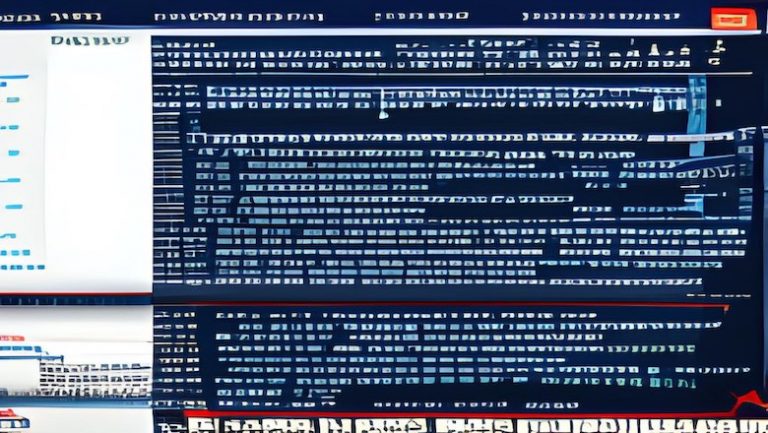A digest of popular science news for the week that we haven't written about
Physicists have discovered the behavior of superconductors at temperatures previously considered 'impossible'

Scientists have discovered a key process needed for superconductivity to occur at higher temperatures than previously thought, in what could be a small but significant step in the quest for one of physics' holy grails: a room-temperature superconductor.
A discovery made in an unlikely material – an electrical insulator – shows that electrons pair up at temperatures as low as minus 123°C.
Physicists are still puzzled by why this happens. But understanding it could help them find room-temperature superconductors. The researchers' findings published August 15 in the journal Science.
“Electron pairs tell us they are ready to become superconducting, but something is stopping them,” said “If we can find a new method for pair synchronization, we could apply it to making higher-temperature superconductors,” said co-author Ke-Jun Xu, a graduate student in Stanford's Department of Applied Physics, in a statement.
Superconductivity occurs because of pulsations left in the waves of electrons as they move through a material. At low enough temperatures, these pulsations attract the atomic nuclei together, causing a small shift in charge that attracts the second electron to the first.
Normally, two negative charges should repel each other. But instead, something strange happens: the electrons bind together into a Cooper pair.
Simple hydrogel 'brain' demonstrates how to play Pong – it learns and improves over time

Researchers from the University of Reading (UK) have successfully demonstrated limited “learning” behavior of a simple electroactive polymer (EAP) hydrogel when interacting with an electrode array. According to a research paper originally published in the journal Cell Reports Physical Science and covered in detail (including video) by ScienceAlert, this was demonstrated when the EAP gel control system played an adapted version of the classic video game Pong. Moreover, the EAP gel control system, or “brain,” seemed to reach its peak performance in playing Pong after about twenty minutes.
How did this happen, and what does it mean? While the EAP gel’s control system certainly doesn’t resemble conscious life, it does demonstrate an emergent capability for which the material was not designed. As engineer Vincent Strong of the University of Reading explains, “The rate at which the hydrogel swells is much greater than the time it takes to swell, meaning that the next movement of ions is influenced by their previous movement, akin to the development of a memory. The subsequent rearrangement of ions within the hydrogel is based on previous rearrangements within the hydrogel, dating back to when it was first made and had a uniform distribution of ions.”
In essence, this proves that EAP hydrogels have much more promise than their current typical uses would suggest. As Yoshikatsu Hayashi, a biomedical engineer at the University of Reading, explains, “Our research shows that even very simple materials can exhibit complex adaptive behaviour, typically found in living systems or sophisticated AI. This opens up exciting possibilities for developing new types of ‘smart’ materials that can learn and adapt to their environment.”
'Holy Grail Protein' Found That Repairs DNA and Could Potentially Become a Cancer Vaccine

Scientists have discovered a protein that can directly prevent DNA damage. What’s more, a new study shows that it can work in a plug-and-play mode and can theoretically be integrated into any organism, making it a promising candidate for a cancer vaccine.
DNA damage response protein C (DdrC) was discovered in a small, hardy bacterium called Deinococcus radiodurans. DdrC appears to be very efficient at detecting DNA damage, stopping it, and alerting the cell to begin the repair process.
But DdrC's best feature may be that it is fairly self-sufficient and does its job without the help of other proteins.
The DdrC gene can be transferred relatively easily into almost any other organism to improve its DNA repair system, as researchers at Western University in Canada discovered when they inserted it into boring old E. coli.
“To our great surprise, it made the bacteria 40 times more resistant to damage by ultraviolet radiation,” says biochemist Robert Sabla, the first author of the new paper.
“It looks like this is a rare example where you have one protein that can do its job autonomously.”
Uncontrolled DNA damage can lead to a range of diseases. For example, ultraviolet radiation can damage the DNA of skin cells, increasing the likelihood of developing skin cancer. Being able to prevent or even reverse this damage can save lives.
“The ability to reshape, edit and manipulate DNA in specific ways is the holy grail of biotechnology,” says Sabla.
“What if you had a scanning system like DdrC that patrolled your cells and neutralized damage as it occurred? That could be the basis for a potential cancer vaccine.”
New Experiment Brings Quantum Internet One Step Closer to Reality

The idea of a quantum internet has huge potential, but connecting it to the regular old internet comes with its own set of challenges.
Now new study hints at how existing and future networks might be connected.
An experiment conducted by researchers at Leibniz University Hannover in Germany shows how quantum information and the classical 1s and 0s of ordinary data can be transmitted along the same optical fibre.
This potentially means creating an internet that is virtually hack-proof, and the ability to use existing infrastructure to connect multiple quantum computers in a network that could one day become a unique data processing tool capable of solving otherwise insurmountable computational problems.
Quantum communication requires that tightly coupled light waves be transmitted in isolation to protect their delicate entanglement, which means they must be transmitted separately from regular light waves carrying data. This makes it difficult to transmit all the data down a single pipe.
“To make the quantum internet a reality, we need to transmit entangled photons over optical fibre networks,” says physicist Michael Kues of Leibniz University Hannover. “We also want to continue using optical fibre for normal data transmission.”
“Our research is an important step towards merging the conventional Internet with the quantum one.”
The team used a specially designed device to apply a so-called serrodine technique, which shifts the phase of signals in an optical fiber, to place quantum and classical data in the same frequency channel.
However, this is done in such a way that the data streams do not interfere with each other, preserving the entangled state of the quantum flow. At the other end of the network, the streams can be separated again to send and receive both types of data – a hybrid approach to communication.
NASA's Europa Clipper Gets Extra-Large Solar Array

NASA's Europa Clipper spacecraft was recently equipped array of enormous solar panels at the Kennedy Space Center in Florida. Each one is about 14 meters long and about 4 meters high — the largest solar panels ever developed by NASA for a planetary mission. They need to be big to soak up as much sunlight as possible as the spacecraft explores Jupiter’s moon Europa, which is five times farther from the sun than Earth.
The arrays were folded and attached to the spacecraft’s main body for launch, but when they are deployed in space, Europa Clipper will span more than 100 feet — several feet longer than a professional basketball court. The “wings,” as engineers call them, are so large that they can only be opened one at a time in the clean room at Kennedy’s Hazardous Loads Service Center, where teams are preparing the spacecraft for the launch window, which opens on October 10.




